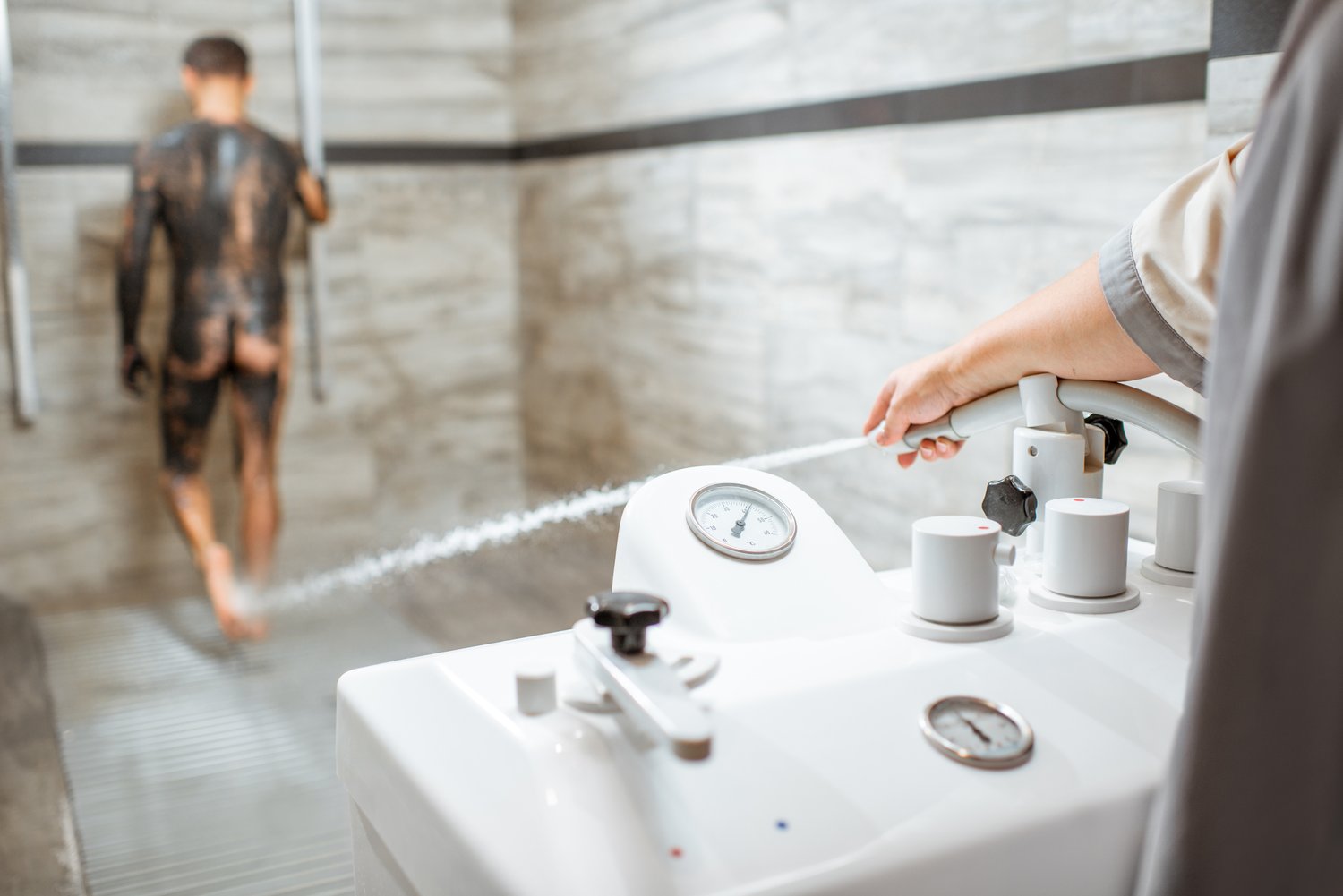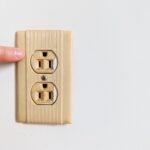Is your shower’s water temperature unpredictable, switching from soothingly warm to uncomfortably cold without warning? A shower mixing valve upgrade might be the key to enhancing your daily shower experience. The convenience and comfort of a consistent water temperature can’t be overstated, making this an essential improvement for any bathroom.
- Understanding how shower mixing valves function can empower you to make informed choices about necessary upgrades.
- Explore an array of options, from manual to thermostatic, to find a valve that matches your needs for reliable temperature control.
- Our step-by-step installation guide simplifies the upgrade process, ensuring a seamless transition and improved shower experience.
- Troubleshooting tips included in the article help resolve common issues, keeping your valve performing optimally.
Delving deeper into this article will equip you with the knowledge needed to enhance your shower’s temperature stability, providing a more pleasant and consistent bathing experience. Let’s unravel the solutions that will make your morning routines more enjoyable!
Understanding the Basics of Shower Mixing Valve Upgrade: Temperature Control Solutions
Shower mixing valves play a crucial role in providing a comfortable and safe showering experience. They are responsible for blending hot and cold water to maintain a consistent water temperature, an essential feature for avoiding sudden temperature changes that can lead to scalding or discomfort.
A shower mixing valve upgrade might be necessary for several reasons. Older valves can lead to inconsistent temperature control due to wear and tear. Advances in technology have led to more efficient and precise valves, offering improved water temperature regulation. By upgrading, homeowners can enhance their shower’s performance, increase energy efficiency, and potentially conserve water.
An upgraded shower mixing valve is not only about improving temperature control. It’s also an investment in the longevity and reliability of your plumbing system. With modern valves, you ensure safer showers and minimize the likelihood of costly plumbing repairs due to outdated equipment.
Types of Shower Mixing Valves for Temperature Control
When considering an upgrade, it’s essential to understand the different types of shower mixing valves available. Each type offers unique advantages, catering to various needs and preferences:
Manual Mixing Valves: These simple devices require you to adjust the temperature manually by turning knobs or handles. They are generally more affordable and straightforward to install, but they lack the advanced features for automatic temperature regulation.
Pressure-Balancing Valves: Designed to maintain the water pressure by balancing the flow of hot and cold water. They provide more consistent temperature control than manual valves, preventing sudden temperature spikes due to changes in water pressure from other faucets or toilets being used.
Thermostatic Mixing Valves: These are equipped with a thermostat that allows you to set a desired water temperature. It automatically adjusts the mix of hot and cold water to maintain that temperature, offering the most precise control. Though generally more expensive, thermostatic valves provide enhanced safety and comfort, especially useful for families with children or elderly members.
By understanding these types of shower mixing valves, you can make a more informed decision that best meets your need for optimal temperature control.
Steps to Implementing a Shower Mixing Valve Upgrade: Temperature Control Solutions
Upgrading your shower mixing valve can significantly enhance water temperature control and improve overall shower comfort. To ensure a smooth installation process, following a few critical steps is essential.
Firstly, select the right shower mixing valve based on your bathroom’s plumbing system and your personal requirements. Considerations include water pressure, types of pipes used, and preferred features such as anti-scalding protection.
Begin by turning off the water supply to prevent leaks during the installation. Remove the existing valve by unscrewing it from the wall, ensuring all old fixtures and piping are carefully detached. Be cautious to avoid damaging the surrounding wall and tiles.
Once removed, position your new mixing valve in alignment with water inlets. Securely attach and seal the valve, using plumber’s tape to ensure tight connections and prevent leaks. Reconnect the water supply and check for any potential leaks by turning on the water gently. This step is crucial for confirming that all connections are secure.
Finally, test the new valve’s functionality by adjusting the temperature to your desired settings and ensuring steady water flow and consistency in temperature.
Keep in mind the importance of consulting with a professional plumber if you’re uncertain about any aspect of the installation process. This ensures your upgrade is safe and efficient.
Troubleshooting Common Issues in Shower Mixing Valve Temperature Control
Even with a new shower mixing valve, you might encounter issues affecting water temperature control. Identifying and solving these common problems is key to maintaining a comfortable shower experience.
One frequent issue is inconsistent water temperatures. This typically results from improper installation or blockages in the valve. To resolve it, inspect the valve for debris or sediment buildup and clean accordingly. Ensure all fittings are secure.
Another issue is low water pressure, which might be related to valve settings or obstructions in the plumbing. Check that your valve is fully open and free of clogs. If the pressure is still low, inspect your home’s water pressure regulator.
In case of temperature fluctuations between hot and cold water, it could be due to a malfunctioning thermostatic element. Testing and possibly replacing the element can restore balance to your water temperature.
If you experience persistent issues, it may be worth consulting a professional plumber or considering a valve replacement. Regular maintenance checks can additionally help in pre-empting problems, ensuring your shower mixing valve continues to function optimally.
Choosing the Right Shower Mixing Valve Upgrade: Temperature Control Solutions for Your Needs
When it comes to enhancing your shower experience, selecting the right shower mixing valve is crucial. This decision not only impacts your temperature control but also affects the valve’s durability and performance over time.
To begin with, it’s essential to evaluate your specific requirements. Do you prefer a simple manual valve, or are you leaning towards more sophisticated options like pressure-balancing valves or thermostatic valves? Each type brings its own set of benefits.
Next, consider the compatibility of the valve with your existing plumbing system. Not all valves are interchangeable, so ensuring a match can save you from future headaches.
Budget is another factor that should guide your choice. While manual valves tend to be more budget-friendly, investing in a thermostatic valve can offer long-term benefits in terms of precise temperature regulation and energy efficiency.
Consider the materials used in the valve construction as well. High-quality materials like brass or stainless steel are known for their corrosion resistance and extended lifespan. This is especially important in a bathroom setting where moisture is prevalent.
Lastly, look for products with good reviews or those recommended by other homeowners or professionals. It’s also wise to check if the valve comes with a solid warranty, which can provide additional peace of mind.
By weighing these factors carefully, you can ensure the shower mixing valve you choose offers optimal performance, suits your budget, and meets your specific needs. This thoughtful selection process leads to an enhanced shower experience, ensuring precise temperature control every time you step into the shower.
Frequently Asked Questions about Shower Mixing Valve Upgrades
What is a shower mixing valve?
A shower mixing valve is a device that blends hot and cold water to achieve a desired temperature for a comfortable shower experience.
Why should I upgrade my shower mixing valve?
Upgrading ensures better temperature control, improved safety, and increased comfort during showers.
What types of shower mixing valves are available?
Available types include manual, pressure-balancing, and thermostatic valves, each offering different levels of temperature precision.
How do I know if my shower valve needs an upgrade?
Signs include inconsistent water temperature, difficulty in adjusting temperature, or a shower valve that is older or incompatible with new plumbing codes.
What are the benefits of a thermostatic shower valve?
Thermostatic valves provide precise temperature control, maintain a stable water temperature during water pressure fluctuations, and enhance safety.
Can I install a shower mixing valve upgrade myself?
It is possible to DIY with the right tools and knowledge, but professional installation is recommended for complex plumbing systems.
How can I troubleshoot common issues with shower mixing valves?
Check for mineral buildup, worn out parts, and ensure proper installation. It may be necessary to consult with a professional for persistent issues.





